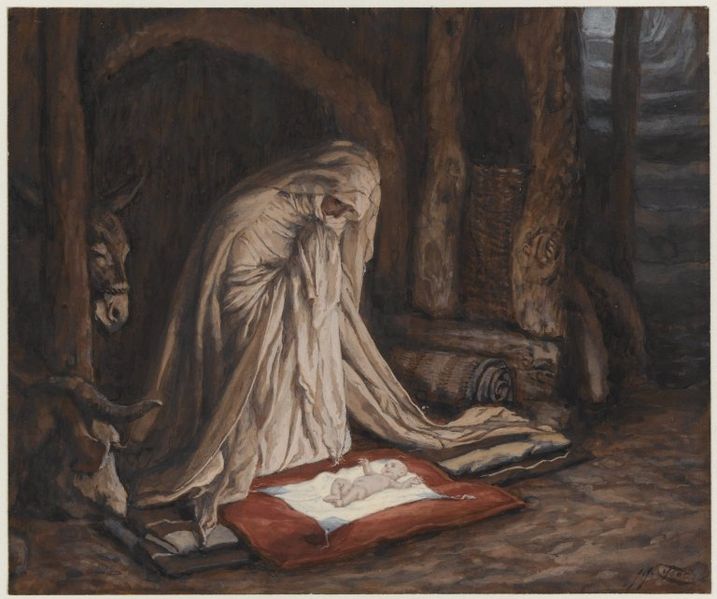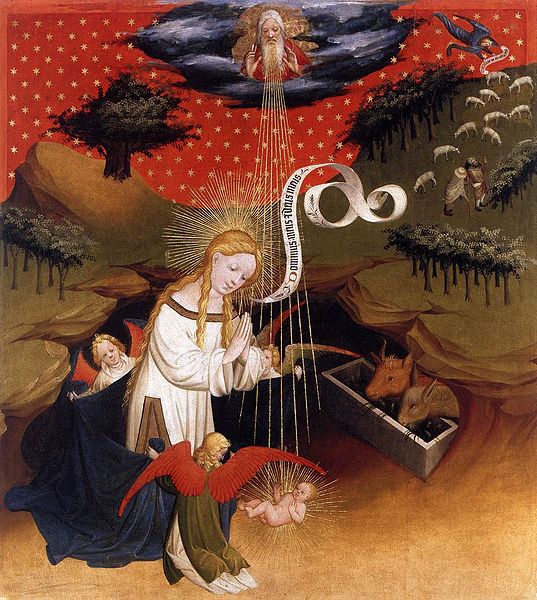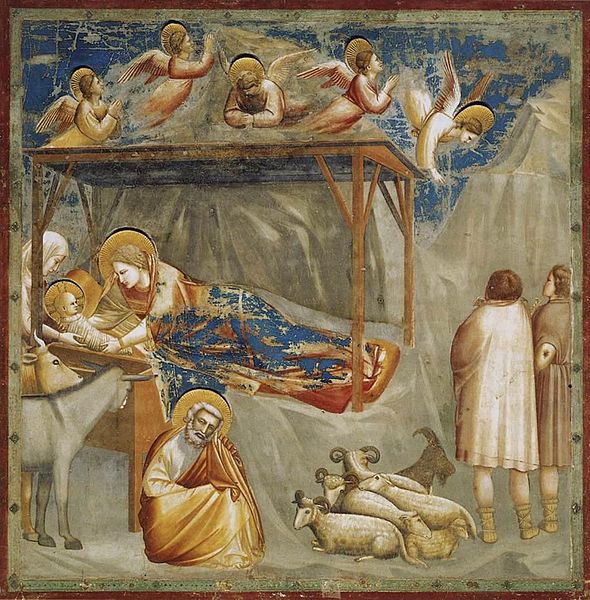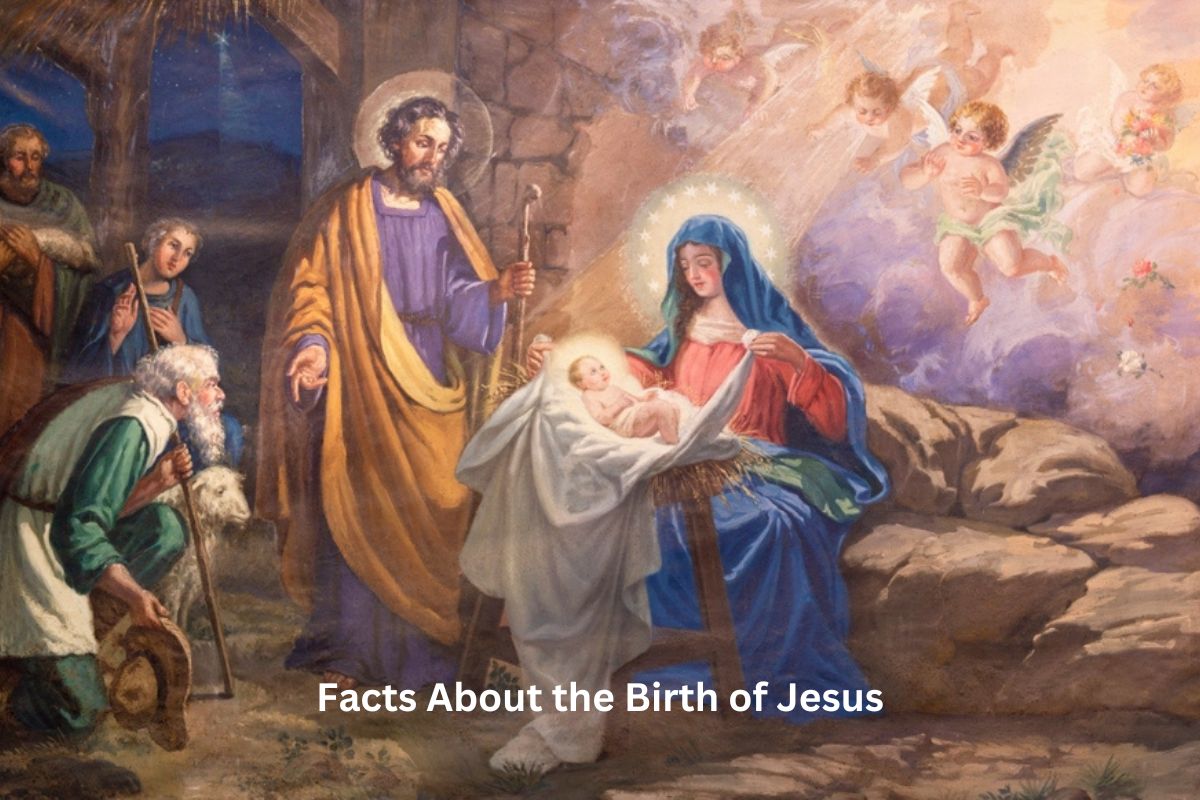The birth of Jesus, as narrated in the Christian Bible, is a foundational event in Christian theology and tradition. It holds deep significance as the birth of the Messiah, the Savior of humanity, and is celebrated as Christmas around the world.
This article delves into key facts surrounding the birth of Jesus, including the location, the roles of Mary and Joseph, the angelic announcement, the nativity scene, the shepherds’ visit, the Star of Bethlehem, the Wise Men’s gifts, the flight to Egypt, and the celebration of Christmas on December 25th.
Each of these elements contributes to the rich tapestry of the Christmas story and its enduring impact on Christian faith and culture.
The Birth of Jesus Facts
1. Bethlehem birthplace
According to the Bible, Jesus was born in Bethlehem, a small town located in Judea.
This location is significant because it fulfills the prophecy from the Hebrew Scriptures that the Messiah would be born in Bethlehem.
Also Read: Timeline of Jesus Christ
Bethlehem was also the ancestral home of King David, and it plays a crucial role in the narrative of Jesus’ birth.

2. Mary and Joseph, parents
Mary and Joseph were a young couple from the town of Nazareth in Galilee. According to Christian belief, Mary was chosen by God to be the mother of Jesus and conceived him through the Holy Spirit.
Also Read: Timeline of the Birth of Jesus
Joseph was her husband and played a protective and supportive role throughout the events surrounding Jesus’ birth. The Bible describes Joseph as a righteous and obedient man who followed God’s guidance.
3. Angelic Annunciation
The Angel Gabriel plays a significant role in the story of Jesus’ birth. The Annunciation is the event in which the Angel Gabriel appeared to Mary to announce that she would conceive a child by the power of the Holy Spirit and that her child would be the Son of God.
This extraordinary announcement came as a surprise to Mary, who accepted it with faith, responding with the words “Let it be done to me according to your word.”
The Annunciation is a pivotal moment in Christian theology, as it marks the beginning of the Incarnation, when God became human in the person of Jesus Christ.
4. Nativity scene
The nativity scene, also known as a creche, is a popular representation of Jesus’ birth in Christian art and during the Christmas season. It typically includes several elements:
- The Holy Family: This consists of Mary, Joseph, and the baby Jesus. Mary is often depicted cradling the infant, while Joseph stands nearby.
- Angels: Angels are often shown hovering above or proclaiming the birth to shepherds.
- Shepherds: These figures are present to symbolize the humble and immediate witnesses to Jesus’ birth. They were the first to receive the angelic announcement and were drawn to the manger to worship the newborn Savior.
- Animals: The nativity scene often includes animals, such as cows and sheep, as a reminder of the humble setting in a stable or manger where Jesus was born.
- The Manger: The manger itself, typically a wooden trough for feeding animals, serves as the makeshift crib where Jesus was laid after his birth.
The nativity scene is not only a visual representation but also a powerful symbol of the Christian faith, representing the incarnation of God’s son in the form of a vulnerable human baby.

5. Manger as a crib
Because there was no room at the inn in Bethlehem, Mary and Joseph had to place the newborn Jesus in a manger, which was a feeding trough for animals.
This humble and rustic setting underscores the idea that Jesus was born in poverty and humility, emphasizing his identification with the lowly and his role as the Savior of all people, regardless of social status.
6. Shepherds’ visit
According to the biblical account in the Gospel of Luke, shepherds in the fields near Bethlehem were visited by an angel who brought them the news of Jesus’ birth.
The angel proclaimed, “Do not be afraid. I bring you good news that will cause great joy for all the people. Today in the town of David, a Savior has been born to you; he is the Messiah, the Lord.”
The shepherds responded to this heavenly message by going to Bethlehem to see the newborn Messiah for themselves.
Their inclusion in the story highlights the idea that Jesus came for all people, including those on the margins of society, and that his birth was a cause for great joy and celebration.
7. Star of Bethlehem
The Star of Bethlehem, also known as the Christmas Star, is a prominent element in the biblical account of Jesus’ birth, particularly in the Gospel of Matthew.
According to the Bible, a bright star appeared in the sky, leading the Wise Men (Magi) from the East to the location of Jesus’ birth in Bethlehem.
The star is often interpreted as a miraculous sign and guide from God, directing the Wise Men to the Messiah’s birthplace. Its significance lies in its role as a celestial marker of Jesus’ birth, signifying his importance and divinity.

8. Wise Men’s gifts
The Wise Men, also known as the Magi, are characters in the biblical narrative who traveled from the East to visit Jesus after his birth. They are traditionally depicted as wise scholars or astrologers. According to the Gospel of Matthew, the Wise Men brought three gifts to honor Jesus:
- Gold: Gold is a symbol of kingship and wealth, signifying Jesus as the King of Kings.
- Frankincense: Frankincense is a fragrant resin often used in religious rituals and symbolizes Jesus’ divinity and priestly role.
- Myrrh: Myrrh is an aromatic resin used in embalming and points to Jesus’ eventual suffering and death as the Savior of humanity.
These gifts are not only physical offerings but also carry symbolic meanings, highlighting different aspects of Jesus’ identity and mission.
9. Flight to Egypt
Following the visit of the Wise Men, an angel appeared to Joseph in a dream, warning him of King Herod’s intention to harm Jesus. To protect the child, Joseph and Mary fled to Egypt, seeking refuge there until it was safe to return to their homeland.
This event is often referred to as the “Flight to Egypt” and underscores the theme of Jesus as a refugee and the vulnerability of the Holy Family during this critical period.
It also fulfills a parallel with the Old Testament, as the escape of the Holy Family from danger mirrors the story of Moses being saved from Pharaoh’s decree.
10. Christmas celebration on December 25th
December 25th is the date celebrated by many Christians as the birth of Jesus, and it is the central event of the Christmas holiday.
While the exact date of Jesus’ birth is not provided in the Bible, December 25th was chosen by early Christian leaders to coincide with existing pagan festivals and to celebrate the “Sun of Righteousness.”
Today, Christmas is a significant religious and cultural holiday observed with various customs and traditions, including the exchange of gifts, decorating Christmas trees, attending church services, and spending time with loved ones. It is a time for Christians to reflect on the birth of Jesus as the fulfillment of God’s promise of salvation and hope for humanity.
